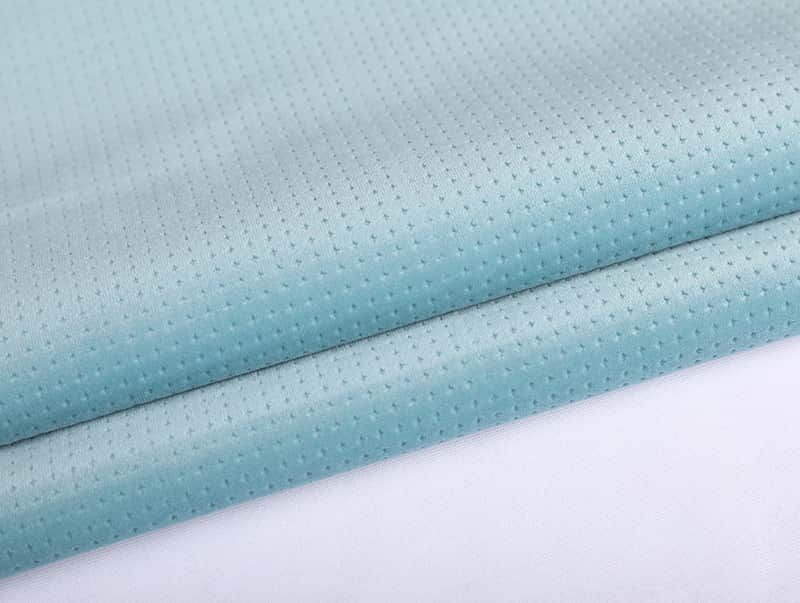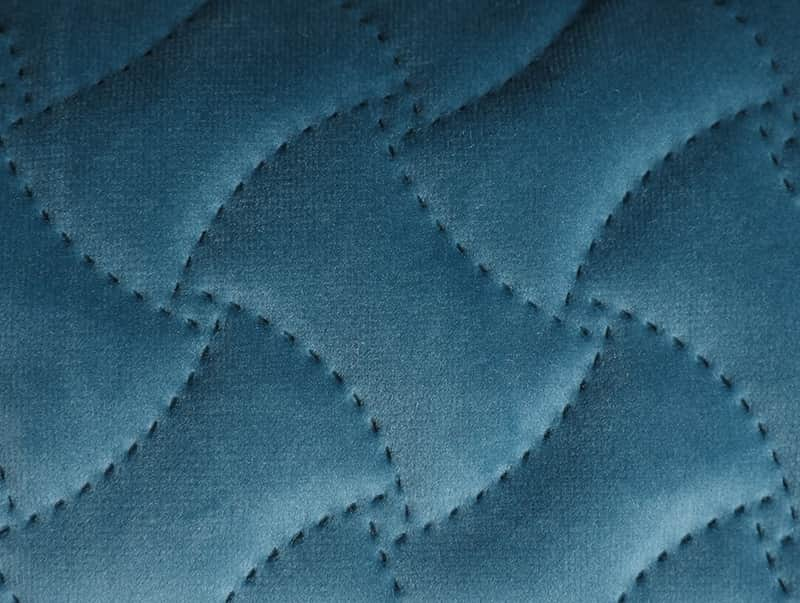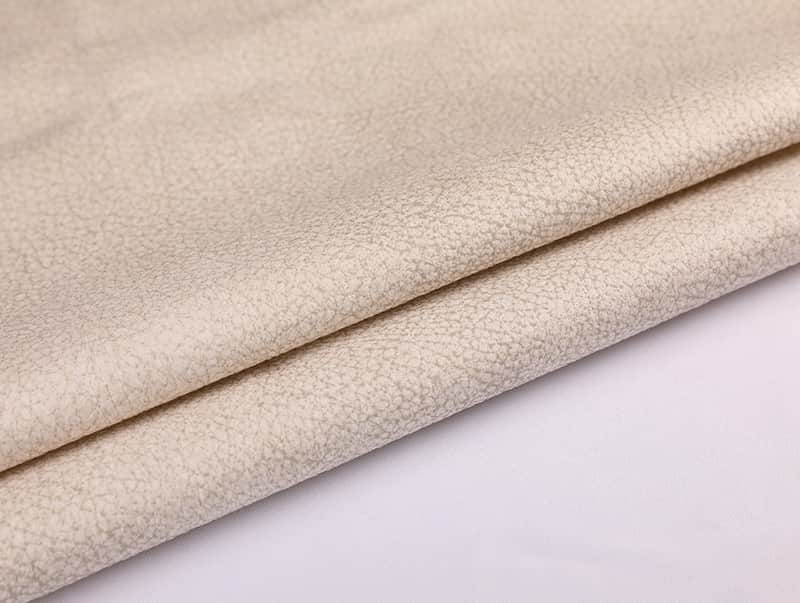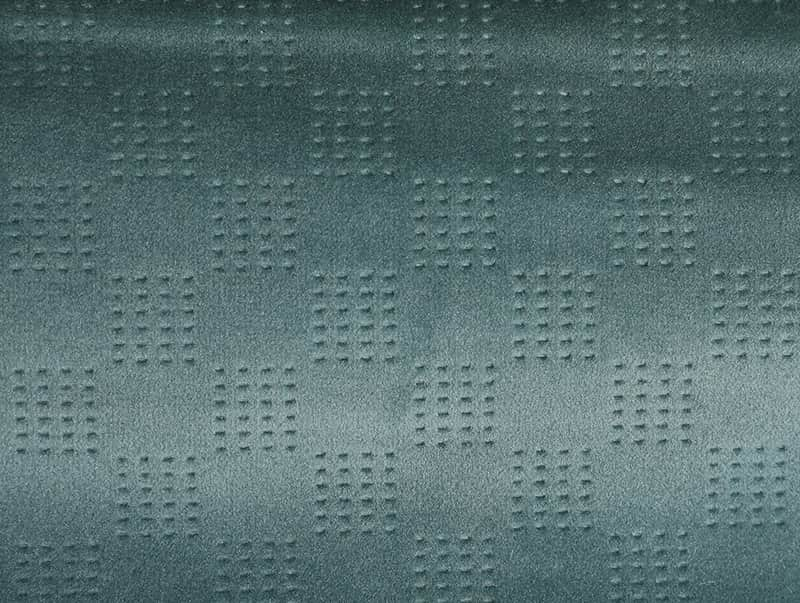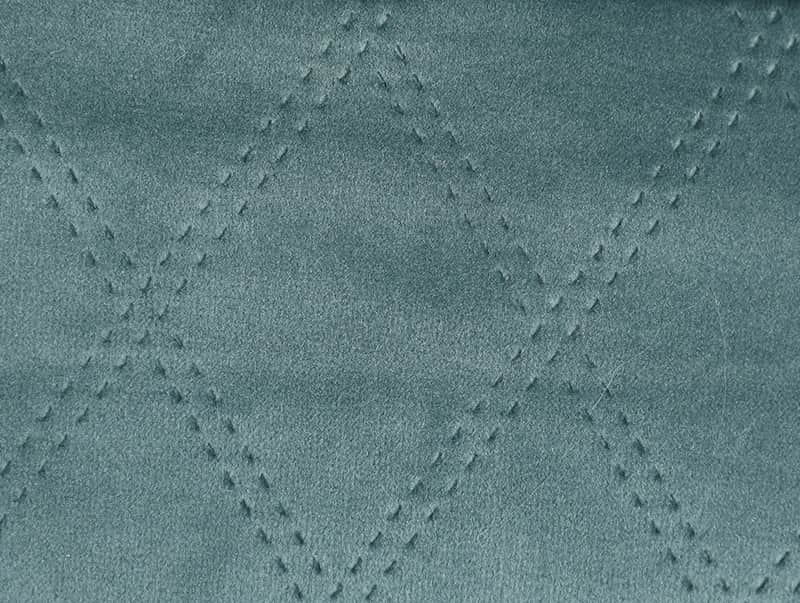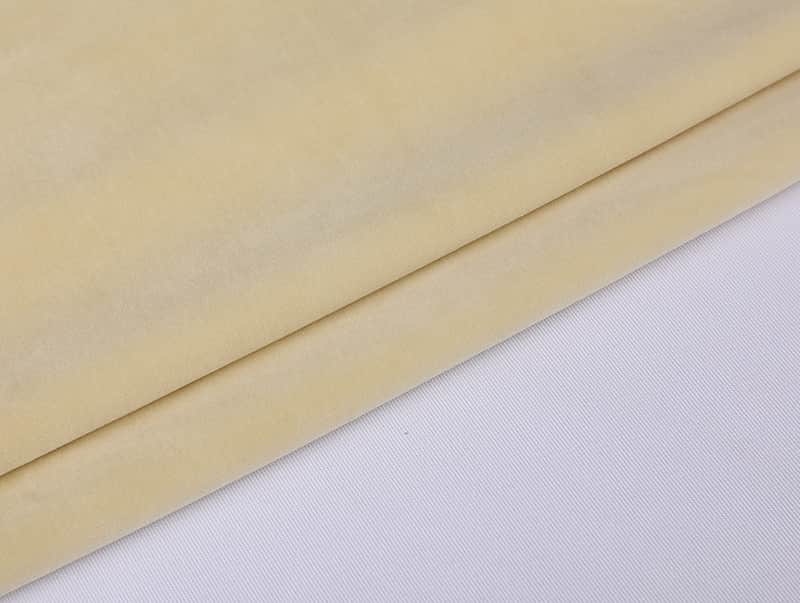Improving the breathability and moisture-wicking properties of casual clothing polyester fabrics can be achieved through several methods:
Utilize a knit or woven construction with open weaves or mesh-like patterns to enhance airflow and breathability.
Incorporate natural fibers such as cotton, bamboo, or linen into the polyester fabric blend. These fibers have inherent breathability and moisture-wicking properties that can complement polyester.
Apply moisture-wicking finishes or treatments to the polyester fabric during manufacturing. These treatments help to draw moisture away from the skin and promote faster evaporation, improving comfort.
Utilize microfiber polyester, which consists of finer yarns and smaller fiber diameters. Microfiber fabrics have a larger surface area, which enhances moisture-wicking capabilities and breathability.
Integrate mesh panels or inserts strategically into the garment design, especially in areas prone to perspiration, such as the underarms or back, to facilitate airflow and ventilation.
Create textured surfaces or raised patterns on the fabric, such as ribbing or mesh-like structures, to enhance airflow and promote moisture evaporation.
Introduce laser-cut perforations or small holes in specific areas of the fabric to improve ventilation and breathability without compromising the fabric's integrity.
A Incorporate anti-odor finishes into the fabric to minimize the buildup of odor-causing bacteria, thus keeping the garment fresher for longer periods between washes.

